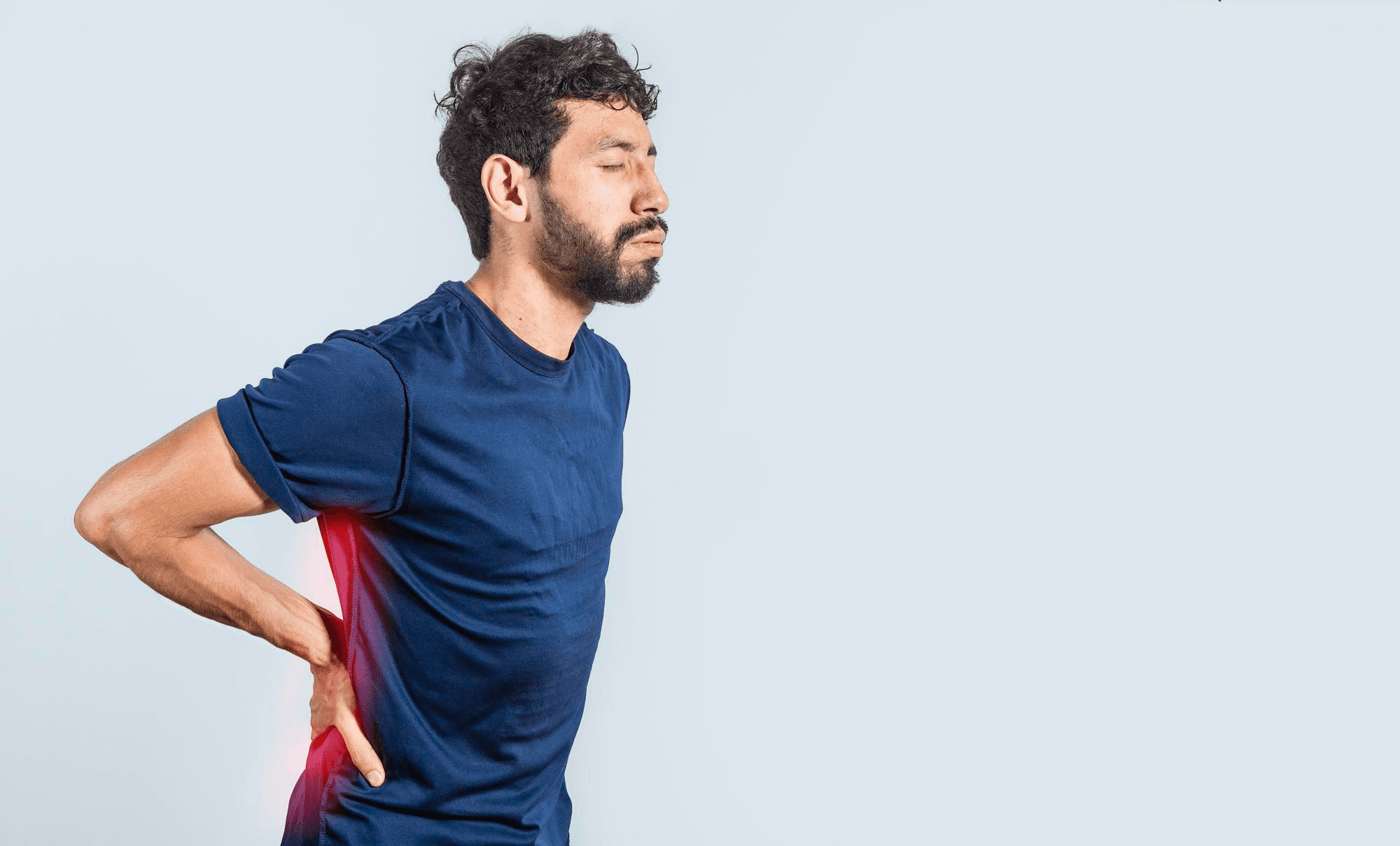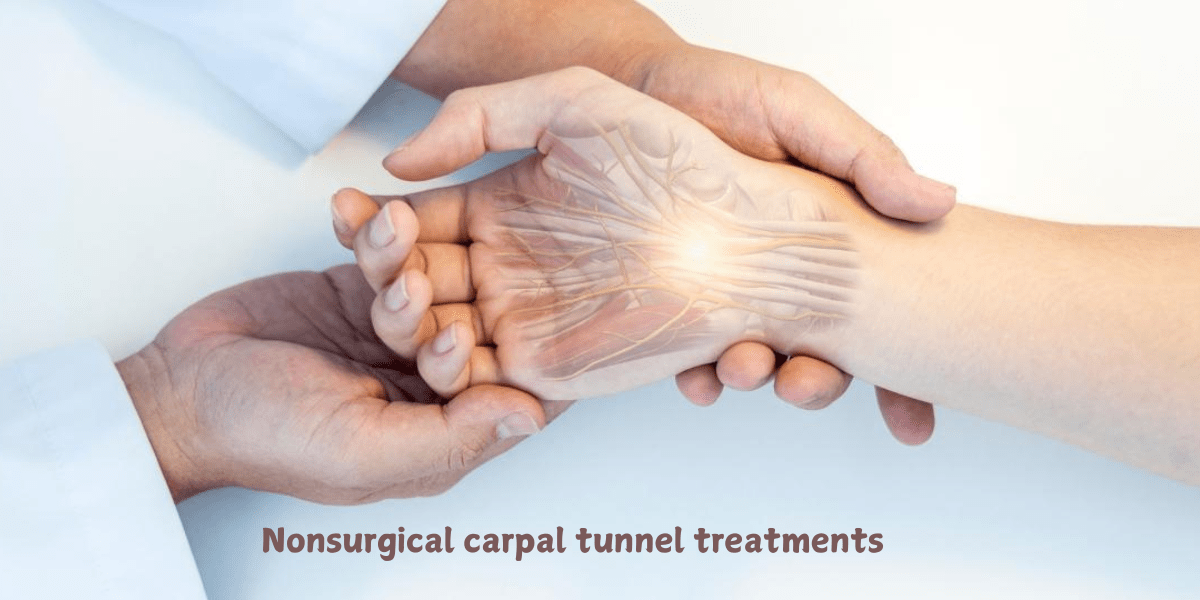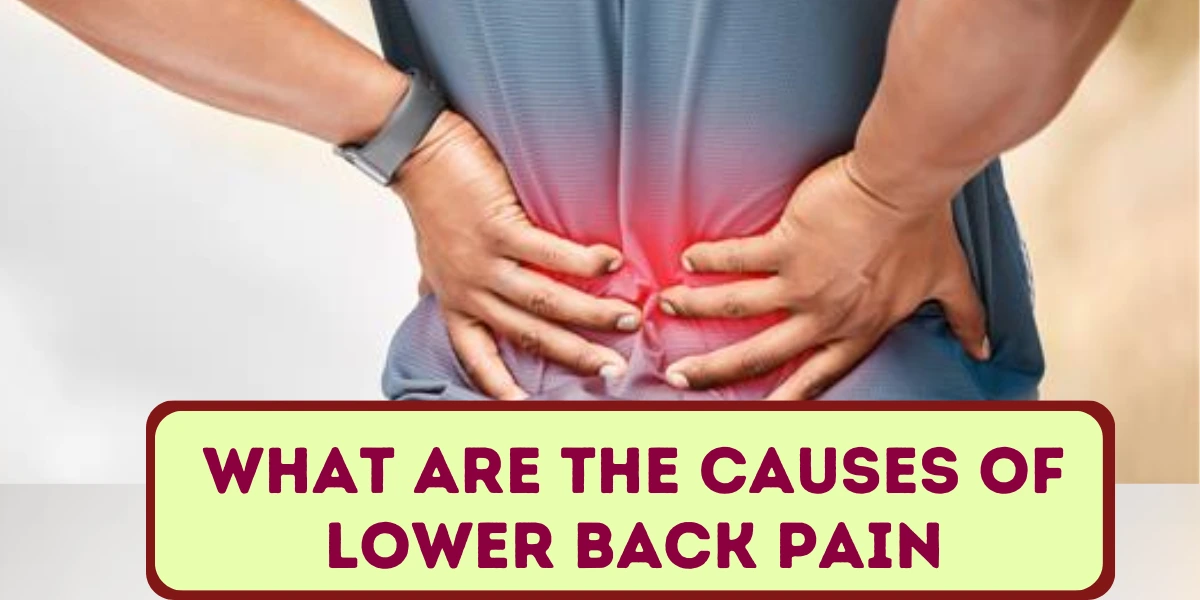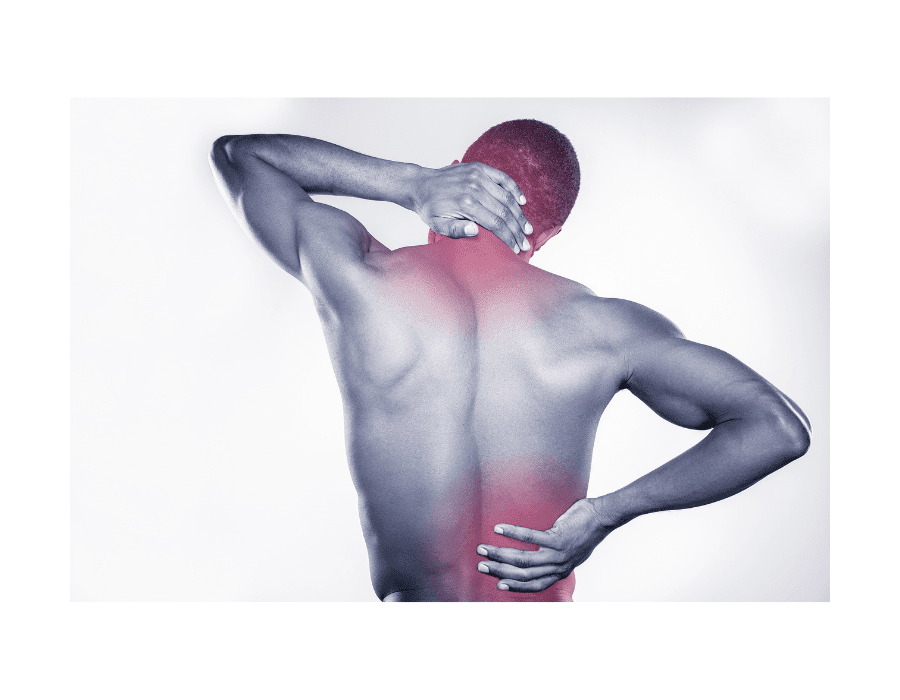
Exploring Non-Surgical Solutions for Back Pain Relief
Introduction
Back pain is a prevalent and debilitating condition that affects millions of people worldwide. While surgical interventions are sometimes necessary for severe cases, many individuals can find relief through non-surgical treatment options. These approaches focus on managing pain, improving mobility, and addressing the root causes of back pain without the need for invasive procedures. In this article, we will explore various non-surgical treatment options for back pain relief, offering hope to those seeking a less invasive path to recovery.
Physical Therapy
Physical therapy is a cornerstone of non-surgical back pain treatment. Skilled physical therapists work with patients to create personalized exercise regimens aimed at strengthening the back muscles, improving posture, and enhancing flexibility. By addressing muscular imbalances and teaching proper body mechanics, physical therapy can significantly reduce pain and prevent recurrent episodes.
Chiropractic Care
Chiropractic care is another non-invasive approach to managing back pain. Chiropractors use hands-on spinal adjustments and manipulations to correct misalignments, or subluxations, in the spine. These adjustments can relieve pressure on nerves, reduce pain, and improve overall spinal function. Chiropractic care also often includes lifestyle advice, stretching exercises, and ergonomic recommendations to maintain spinal health.
Acupuncture
Acupuncture is an ancient Chinese therapy that involves inserting thin needles into specific points on the body to stimulate energy flow and promote healing. While the exact mechanism of how acupuncture works for back pain is not fully understood, many patients report significant pain relief and improved mobility after acupuncture sessions. It is believed that acupuncture may trigger the release of endorphins, the body’s natural painkillers, and reduce inflammation.
Massage Therapy
Massage therapy is an effective way to alleviate back pain, particularly when it is caused by muscle tension or stress. Skilled massage therapists use various techniques to relax tight muscles, improve blood circulation, and reduce pain. Regular massages can also help prevent future back pain by promoting relaxation and reducing muscle imbalances.
Medications
Non-surgical back pain treatment often involves the use of medications to manage pain and inflammation. Non-steroidal anti-inflammatory drugs (NSAIDs) like ibuprofen can help reduce pain and swelling, while muscle relaxants can ease muscle spasms. In some cases, doctors may prescribe stronger pain medications for short-term relief. However, it’s crucial to use medications under medical supervision and avoid long-term reliance due to potential side effects.
Epidural Steroid Injections
For individuals with severe pain due to conditions like herniated discs or spinal stenosis, epidural steroid injections can provide relief. During this procedure, a corticosteroid and anesthetic are injected directly into the epidural space around the spinal cord. This can reduce inflammation and alleviate pain. While epidural injections can provide substantial relief, they are typically reserved for cases when conservative treatments haven’t been effective.
Heat and Cold Therapy
Heat and cold therapy can be effective in managing back pain. Applying a heating pad or warm compress can relax muscles and increase blood flow, which can alleviate pain and stiffness. Conversely, cold packs can reduce inflammation and numb the area, providing relief from acute pain. Alternating between hot and cold treatments can sometimes be particularly helpful.
Lifestyle Modifications
Incorporating lifestyle changes can play a crucial role in preventing and managing back pain. Maintaining a healthy weight, staying physically active, and practicing good posture are essential. Additionally, quitting smoking can improve blood circulation and promote better healing. Ergonomic adjustments at work and home, such as using proper seating and lifting techniques, can also prevent back pain.
Conclusion
Non-surgical treatment options for back pain offer a wide range of approaches to alleviate pain, improve mobility, and enhance the quality of life for individuals suffering from this common ailment. While surgical interventions are necessary in some cases, many people can find relief and long-term improvement through physical therapy, chiropractic care, acupuncture, massage therapy, medications, epidural steroid injections, heat and cold therapy, and lifestyle modifications. It’s important to consult with a healthcare professional, such as those at Painmedic Pain Clinic, to determine the most appropriate non-surgical treatment plan based on the specific cause and severity of the back pain. With the right approach and commitment to ongoing care, many individuals can achieve lasting relief from back pain without the need for surgery.





